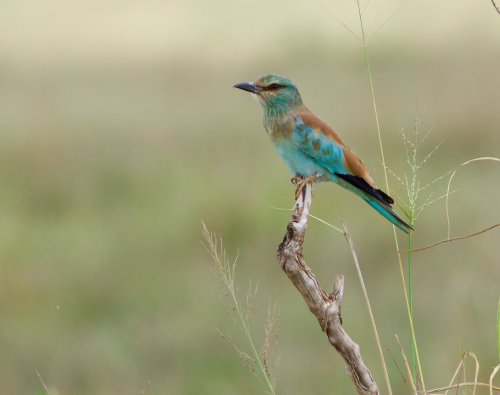
With the majority of the work completed for my forthcoming photographic guide to the Birds of East Africa, a final foray into the wild parts of the region had me migrating from the UK back to the Mara. After 16 months away, I knew it would be tricky acclimatising from the London soundscape back to the once-familiar sounds of African birdlife, and so it has been great to have the opportunity to get my eyes and ears focussed once more in and around Angama Mara.
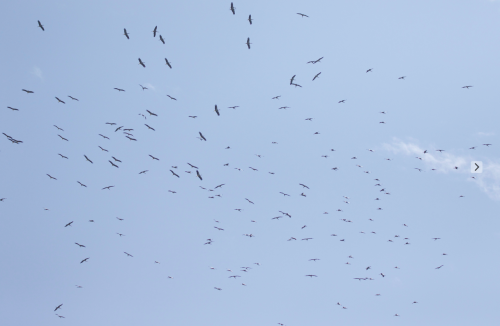
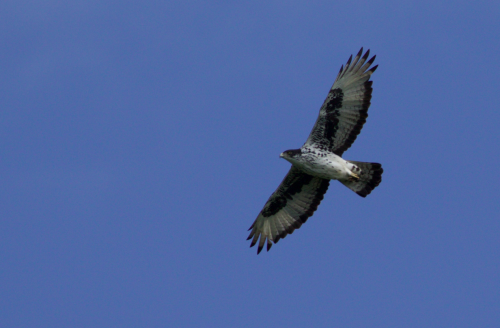
While the Mara is universally synonymous with wildebeest migration, it is the bird migration that still amazes and surprises me most. Unlike the well-studied and clearly visible migration of the vast wildebeest herds, bird migration is generally less visible, feels more haphazard, and runs less to a defined schedule. This unpredictability ensures that following bird migration is much like playing high stakes poker; if you enjoy the game you’ll never lose and if it’s your day, you can win big.
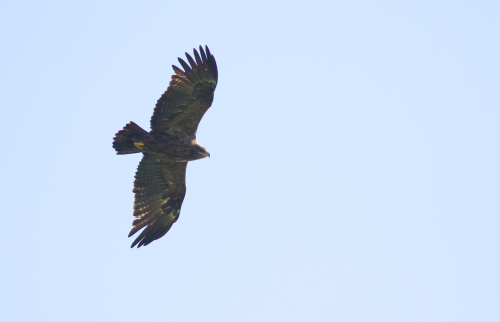
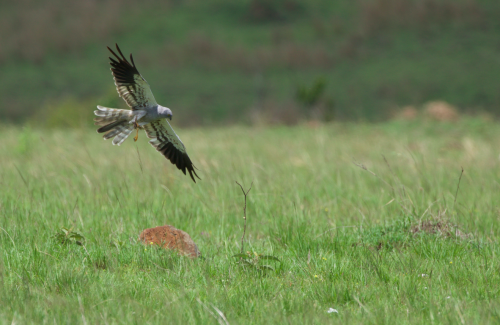
One group of regular migrants are the songbirds which are readily visible on a short walk around Angama Mara, something that the guiding team and I did a few days ago and were well-rewarded with good views of resident and migrant songbirds, clocking over 50 species within a few hours, including red-backed shrikes, spotted flycatchers, blackcaps, willow warblers, and charming Northern wheatears, their white rumps conspicuous as they darted and jinked around the Angama Mara Airfield.
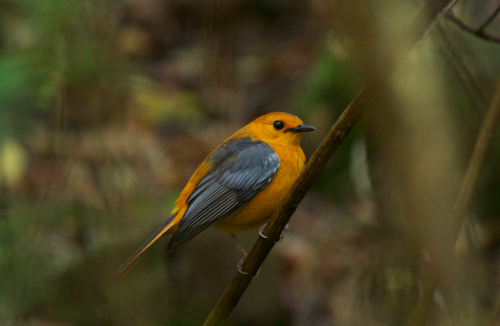
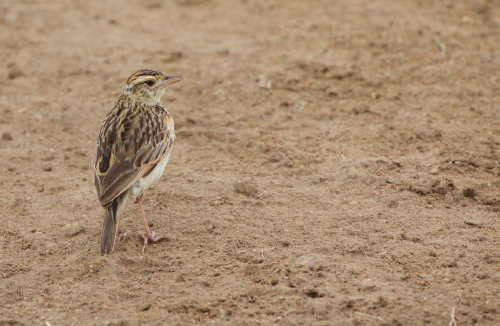
But there is another group; the impossible migrants! We know from past observations that African blue quail (an intra-African migrant) and corn crake (a migrant from Eurasia) arrive in the Mara with the rains at this time of year. Both are painfully difficult to observe, as they are small and secretive denizens of the long and dense grassy areas. I’ve spent around two years worth of days in the Maasai Mara and, despite many dedicated searches, I had never seen either here, and neither had Angama’s Regional Director (and keen birder), Tyler Davis. So it was one heck of a surprise to encounter one at 11pm on the decking of my Angama Mara tent.
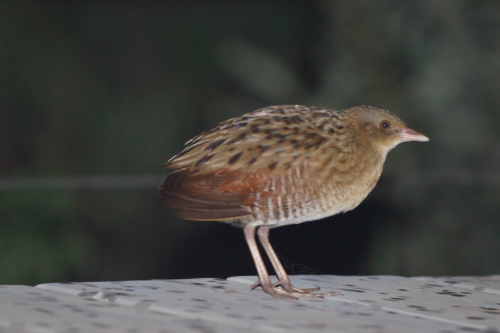
It was a misty night and I was wrapping up my notes after dinner when I heard a faint knock at the window. It was so insignificant that, at first, I assumed it was a dung beetle or other bug. I almost ignored it but then the curiosity drew me towards the window. “Legs!” was my immediate thought. “They’re bird legs” was my second. “What the…?” was my third as I saw the corn crake looking into my luxurious tent with the glance of a shell-shocked hotel inspector. I knelt down to the window and took a picture with my phone. “Pitch black. Need flash on”. I turned the phone flash on and… “Darn, it’s glass!” as the image in front of me was just a total whiteout of flash reflected in the glass. Within a few hurried and anxious seconds I was holding the flashlight with one hand, manually focussing my heavy camera and lens with the other and got the record shot needed to convince Tyler, by text message, to come immediately. Within minutes he arrived and we both sat admiring the bird for a few minutes before the room inspection was over and he or she was off into the long grass and away. We had won big.
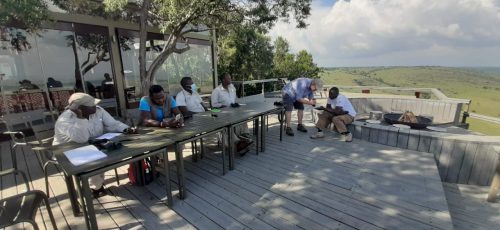
The next day we held an open Q&A classroom session with the guides who were told by Head Guide Sammy to arrive with lots of questions. Among many subjects, we discussed multiple questions on bird migrations, including “Which bird has the longest migration?”. While it is difficult to say for sure, since most don’t wear trackers, we do have evidence from those that have carried a tracker and the information returned by them is staggering. On my phone, I showed the guides one mapped migration of the bar-tailed godwit, a shorebird that breeds in Arctic Alaska and flies non-stop across the Pacific Ocean to New Zealand each year, including those hatched just months beforehand. At around 11,000 kilometres, it is believed to be the longest non-stop flight undertaken by any bird.
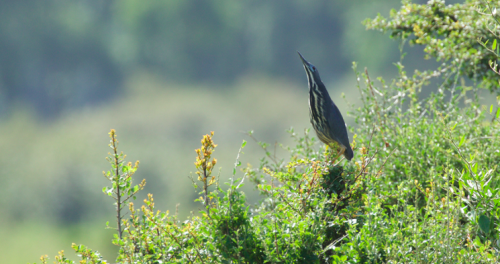
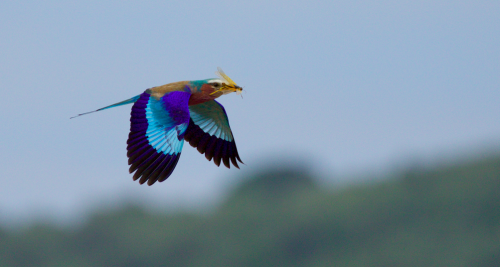
That isn’t the longest bird migration, however. So far as we know, one bird that beats all the rest is the northern wheatear. Thanks to a few amazing individuals wearing trackers, we now know that some of these birds which breed in Alaska, fly west across Russia, Kazakhstan and the Arabian Desert to East Africa. That’s around 14,500 km (or 9,000 miles) in just a few weeks, a truly incredible feat for a bird that would fit in the palm of your hand. So when you land for your Angama experience, keep an eye out along the airstrip for a little white-rumped bird as it may have just landed all the way from Alaska.
Filed under: The Mara
Subscribe for Weekly Stories
Comments (1):
16 March 2021
Awesome explanation, I love those information and they're useful for guides like me.. Keep the fire burning
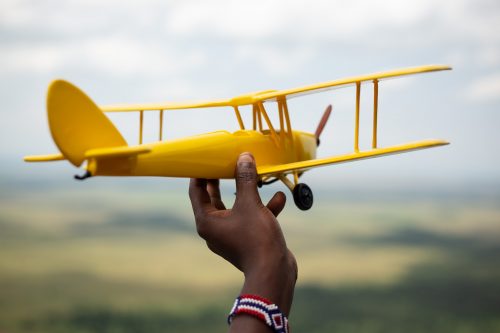
Out of Africa